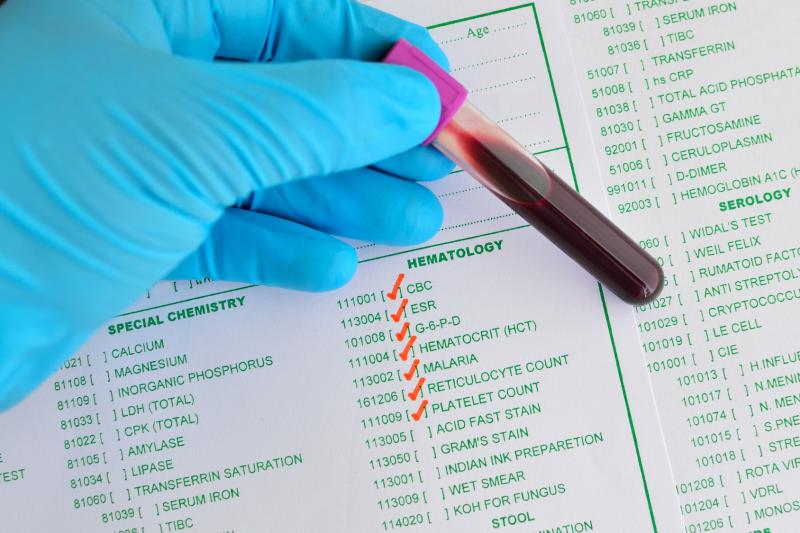
Haematocrit (Hct) appears to be correlated with vascular function and structure in men, a recent study has shown.
The study included 807 men who were categorized into six groups according to Hct levels: <37.0 percent, 37.0–39.9 percent, 40.0–42.9 percent, 43.0–45.9 percent, 46.0–48.9 percent, and ≥49.0 percent. Vascular function was measured as flow-mediated dilation (FMD) and nitroglycerin-induced vasodilation (NID), while the brachial intima media thickness (IMT) was used as a measure of vascular structure.
Overall FMD, NID, and IMT values were 3.5±2.6 percent, 11.7±5.8 percent, and 0.34±0.08 mm, respectively. The mean brachial-ankle pulse wave velocity (baPWV) was 1,683±382 cm/s.
Scatter plots showed that both NID and FMD increased with Hct, reaching a peak at the 46.0–48.9-percent category, and then dropping thereafter. At this Hct category, NID was statistically higher than at other categories (p<0.01), while FMD showed no significant difference across the six Hct groups (p=0.39).
In those with Hct <48.9 percent, multivariable analysis confirmed its significant correlation with NID (p<0.001), but not with FMD (p=0.73). Hct was likewise associated with changing vascular structure. Brachial IMT decreased as levels of Hct increased (p<0.01). No such interaction with baPWV was reported.
“In the present study, we demonstrated for the first time that Hct … [was] associated with vascular function and vascular structure in men,” the researchers said, adding that haemoglobin and red blood cell counts had generally the same effect.